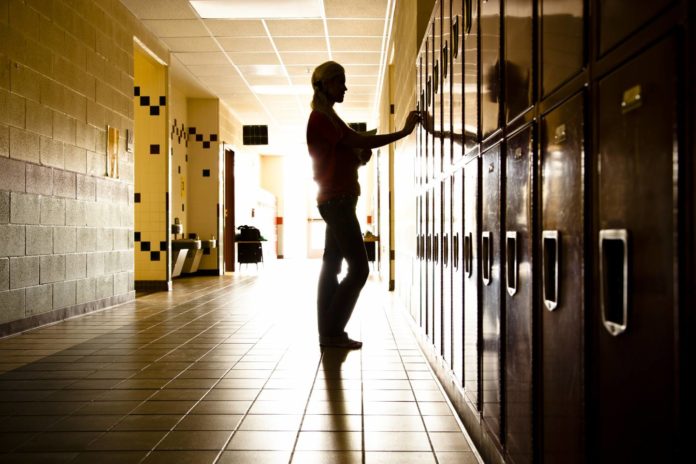A new study by the scientists at Princeton University, teen girls who are attracted towards other young girls is significantly more probable than different understudies to be suspended or ousted from school.
This new study is a population-based survey of children born in American cities between 1998 and 2000. It basically uses the results from the Fragile Families and Childhood Wellbeing Study.
Scientists found that the same-sex attracted teenagers have 29 percent higher chances of encountering exclusionary discipline. At the point when separated by sex, the divergence is much more prominent. Young girls experienced 95 percent higher chances of discipline while there was no clear train hazard for young men.
Joel Mittleman, a Ph.D. candidate in sociology at Princeton University said, “The results suggest that sexual orientation itself may shape teens’ experiences in very different ways for girls versus boys. My results are consistent, for example, with recent research showing that sexual minority girls are dramatically overrepresented in the juvenile justice system in a way that sexual minority boys are not.”
Only 38 percent of the girls’ discipline rates can be explained by parent-reported behavioral problems. With the rest unexplained by conduct, it is conceivable these understudies have confronted oppressive treatment.
The study is a new source for investigating on sexual minority students, having as of late finished its year 15 followup with far-reaching information for around 3,400 youth. It is one of the main birth companions studies on the planet that incorporates data about the sexual introduction. Its unique facts enable researchers to track the onset and trajectories of issues like bullying that had previously been documented only at later ages.
Mittleman said, “In a context where seven states still have laws prohibiting any discussion of LGBTQ issues in schools, it’s been hard for researchers to collect measures of sexual orientation and gender identity from students as part of large-scale, education research programs.”
George Wimberly, director of professional development and diversity officer for the American Educational Research Association said, “This research is changing the discourse about LGBTQ students by posing new questions that go beyond a monolithic or gender-neutral view of LGBTQ/sexual minority students, to examine gender and racial difference among these students.”
“By revealing that sexual minority girls experience harsher school discipline than similar boys, the research suggests that homophobic behavior, discrimination, and bullying may vary by gender. School practices and policies can be reexamined and readdressed in light of these findings.”
Sexual minorities’ hazard for exclusionary teach is a usually referred to a pointer of the difficulties these understudies confront. LGBTQ backing associations have been sparkling a light on prejudicial school teach for a long time, Mittleman said. For instance, youngsters in same-sex couples frequently report being rebuffed for open presentations of love in ways that different couples are most certainly not.
Mittleman said, “In terms of justifying the need for policies that protect LGBTQ students from discrimination in school, we don’t need to wait for the data. Even a single instance of discrimination is one instance too many. However, from a research perspective, it’s critical to have population-representative information on sexual minority students’ experiences in schools. Without this information, we can’t reliably assess the prevalence, distribution and correlates of any problems that LGBTQ youth face.”
